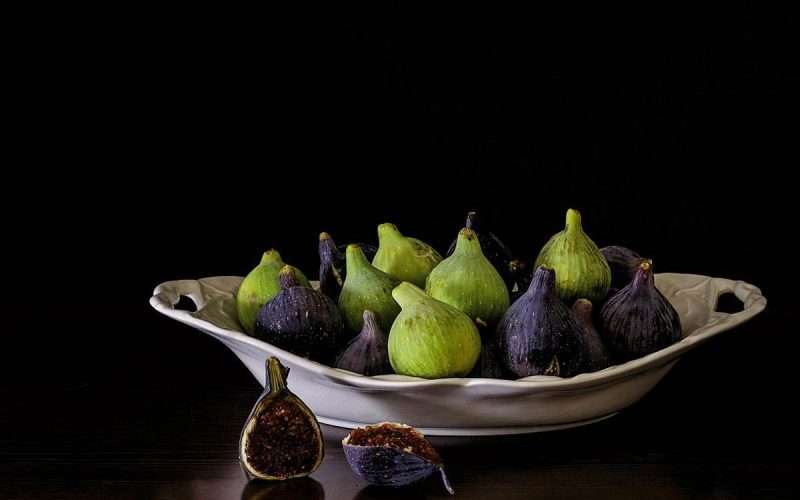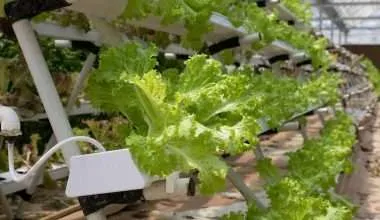Table of Contents Show
If winter is almost over, you are right to wonder when your Fig trees’ leaves will grow. Only then can you start wondering about how to make them grow better. After all, spring is almost here, isn’t it? So shouldn’t the leaves be sprouting?
The sprouting season
A deciduous plant by nature, the fig tree is one that stays dormant throughout the winter period. Once winter is over however, an anxious tree grower may be forgiven for their hastiness.
The fact remains however, that no fig leaves are going to grow overnight. And yet once winter is over, you may expect your fig trees, that had shed almost all their leaves during winter and are now standing bare, to start sprouting again.
Depending on the ongoing temperatures, weather patterns, and environmental factors of the locality where the fig trees are growing, the fig leaves can be expected to appear anytime from early to late spring. This is the part where you, as the grower and caretaker of the fig trees must begin to be very careful.
Factors affecting the growth of Fig trees leaves
For Fig trees, the ideal environment includes long and hot summers. The ideal zones then would be Zone 8 or Zone 9 or slightly hotter zones.
They also don’t require a lot of watering so giving them water once every ten days or so, would be fine. That is, of course if the weather doesn’t get any hotter than optimum temperatures.
When it does, of course the quantity of water that you are giving to your fig plant must be adjusted accordingly. The key is to ensure that you are watering the fig plant’s roots deeply and slowly. Likewise, there are other factors besides heat that can affect the growth of leaves on the fig tree. These include the follow:
1. Effect of light
Fig leaves love light. However, getting them sufficient light can be a problem especially during the autumn season when the days are shorter and the sunlight is not as bright.
The sun’s position in the sky has also changed by this point so the light intensity drops also. Make sure that no leaves are getting sunburnt by the sun shining directly on top, or suffering from too little light reaching it.
Potted plants, at this point, may be moved to more ideal positions. For plants that are grown in the ground, adjusting the amount of water and the frequency with which it is given could help combat changes in light intensity.
2. Effect of temperature
Changes in temperatures are one of the most obvious changes associated with shifts in season. And this is why, come spring and warmer temperatures, the fig tree starts to sprout new leaves.
But what will happen to the growth of the leaves in fall? That is when more care must be given to the fig plant to make sure that it is better equipped to combat the onslaught of the colder weather.
Bringing outdoor plants inside, during the night, is one way of dealing with the cold. However, if you are unable to move your plant, keep an eye on the water that you are giving the plant.
In colder weather, give the plant less water, after checking the moisture in the soil. Fig plants prefer soil that is slightly dried out, so use that as your yardstick. However, remember to stick to your schedule of giving water, although you may alter the quantity. This will help ensure maximum plant health.
3. Effect of drafts
Cold weather also brings with it cold drafts of air, and while they may be fine for you, they are certainly not welcomed by your fig plant, especially not one which is kept indoors where temperatures are relatively moderate.
That said, make sure that the plant is not kept right next to an open window or door, or even next to one that will be frequently opened and closed throughout the day.
If you have an outdoor plant, make sure to keep it in a secluded corner to save it from the maximum amount of drafts that will affect the growth and health of your fig tree and its leaves.
4. Watch out for those vents
This one refers to indoor fig plants such as the Fiddle Fig plant. Since it can easily be grown in a pot inside your house, these plants are generally easy to keep and maintain. However, the plant and its leaves are very susceptible to changes in temperature in the air around them.
In summer, as the air conditioners are turned on, the air inside the house cools down enough to make you feel more comfortable. And vice-versa with heaters in winter. And don’t worry, this works the same way for your fig plant.
Unless, of course, it is right next to a vent. In which case, the extremely dry air that is coming out of the vent will dry up your newly-sprung, spring leaves and make them crack. The best way to combat this would be to move the plant to a spot away from the vent.
5. Read your plant’s leaves better
There is nothing like leaves to help you assess the health and needs of your fig plants. Fig plants love a consistent environment so changes in humidity or temperature will affect the plant, and eventually your plant’s leaves also. Since spring is the ideal weather when fig trees’ leaves will grow, try adjusting the environment around your fig tree accordingly.
This could mean covering up a vent for an indoor plant, or moving outdoor fig plants to a more secluded spot in winters, or doing your best to maintain humidity and light intensity levels, but in any case, all of these will help your plant to grow better also!
How to care for your newly sprouting fig trees
Once the new leaves start coming out, it is one of the most tempting ideas to immediately start watering your tree, not just once or twice, but many times throughout the day.
That’s because the old adage, ‘Plants need water to grow’ is so deep-seated in our psyche that it is almost impossible to conceive that just perhaps the plant does not need any more water for it to be able to grow properly. There is such a thing as over-watering a plant. So before you proceed to kill your plant with over-kindness, give the rest of this article a read-through.
Generally the fig tree is a low maintenance plant and doesn’t really require too much special attention. It doesn’t require too much water and is resistant to most pests. However, during the sprouting season it may be a good idea to support your plants’ growth to produce plenty of the delicious fruit we call figs.
Once the tree starts sprouting, the fig fruit will soon follow also. However, to be able to grow healthy fruit, it is essential that the fig tree be given the optimum conditions that it requires.
1. Start Fertilizing
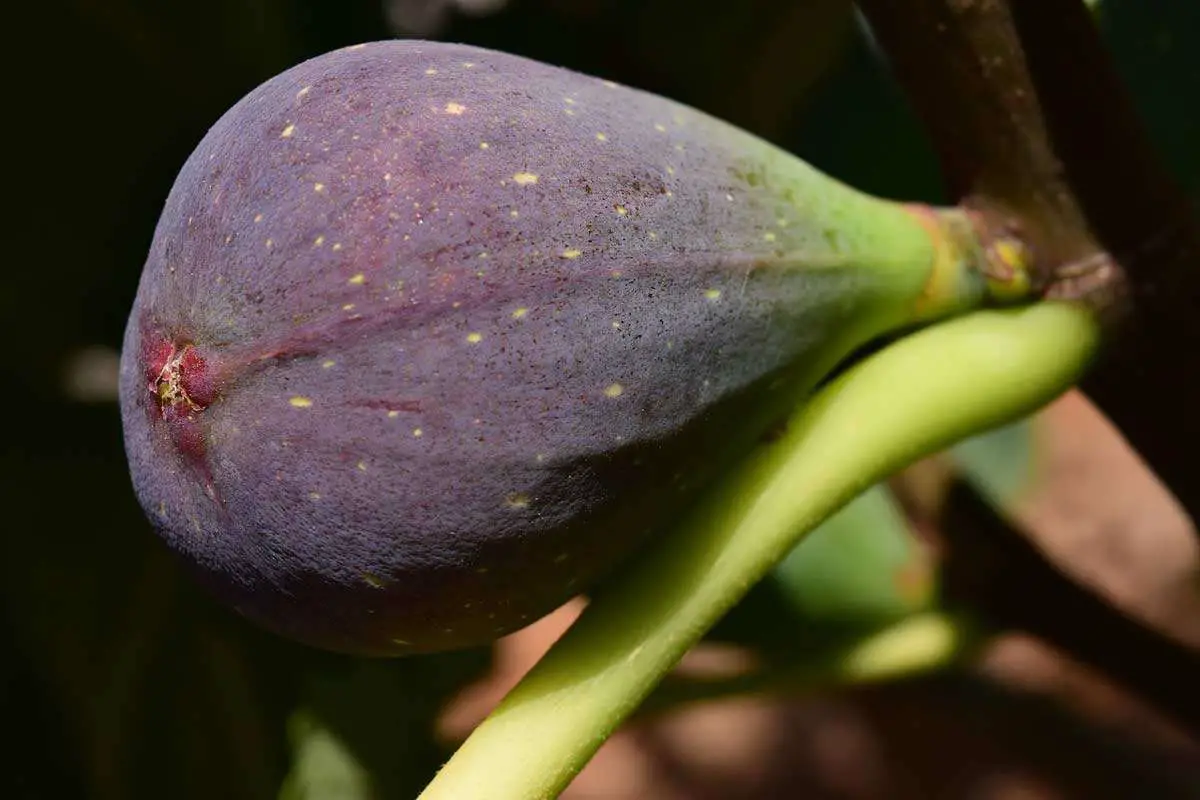
You may have heard it all your life, but this one never gets too old. You cannot expect new fig leaves to grow or your fig tree to start thriving if you are not providing it with enough nutrition. And in plant terminology, that nutrition means fertilization for the plant.
Not only does fertilization mean that your plant will grow well, it is not a difficult task either. A sustainable way to start producing your own figs is to ensure that you are giving the relevant fertilizer to your fig tree also. Fig trees grow best in soil that has a high nitrogen content.
Nitrogen is the main chemical element used by living organisms to produce proteins. In humans, and animals proteins are mainly used to make muscles, however, in plants proteins have an array of uses. From making fruit to enhancing growth, proteins are involved in everything.
Fertilizers should be applied at least once a month, or better still, after every 28 days. The high nitrogen fertilizers are available in various forms. Usually these include Ammonia, Nitrate and Urea.
Basically, these are three different chemical compounds that contain nitrogen, however, each has different properties and different uses. Based on the landscape of your plantation, the soul used and the goal you wish to achieve, a suitable fertilizer may be selected. An ammonia based fertilizer for example is often a good choice for home plantations.
The ammonia has a high nitrogen content and is easily soluble in water. That means that this fertilizer easily dissolves in the soil once you water it and seeps deep inside the ground. The nutrients are then absorbed by the roots of the plant and used throughout the plant. However if your plantation is in such a landscape and weather climate where the top layer of soil can be washed away by water then the fertilizer will just be washed away and will be of no benefit whatsoever.
When selecting the fertilizer of choice you may be faced with another conundrum. Fertilizers usually have what is called an NPK rating. This is usually three numbers followed by the letters NPK. NPK stands for Nitrogen, Phosphorus, and Potassium. Phosphorus and Potassium, like nitrogen, are also chemical compounds often involved in the production of certain proteins.
Essentially, depending upon the particular features you want your figs to have, you will have to select a suitable fertilizer that provides your plant with all of the nutrients that it needs to grow healthy.
2. Avoid Watering the Plant too much
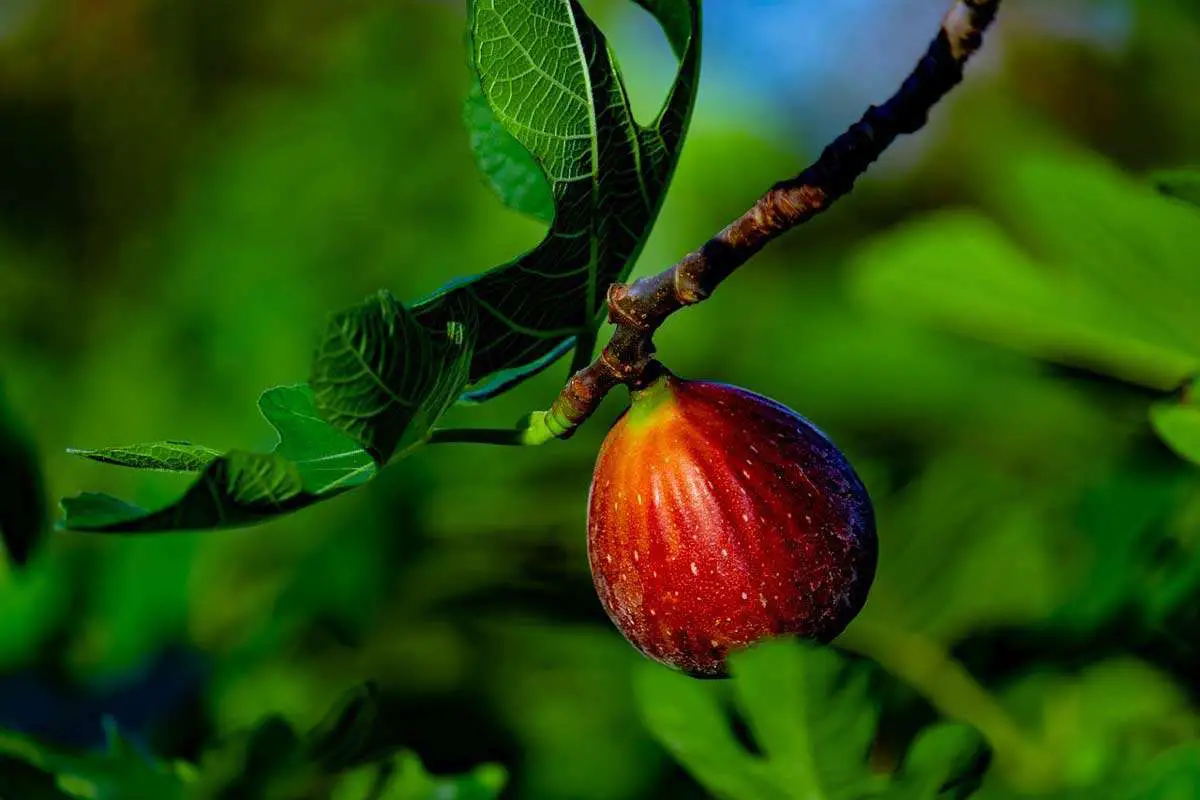
Contrary to common belief, not all plants require a lot of water to grow well. In fact some plants are actually better suited to grow in drought like conditions. This is usually in sync with the climate conditions of a plant’s native region.
The fig tree, originating mainly from the Mediterranean and Southeast Asia, is suited to the temperate dry season of these regions. This is the reason that the fig tree does not require a lot of water to grow healthy. It is probably enough to water your fig plants once every ten to fifteen days. Giving the plant significantly more water than this could actually be detrimental to its growth.
It may seem like a hassle to remember to water your plants once a fortnight, and you may rightfully feel anxious about forgetting. A simple solution to this problem can be to install an automatic irrigation system. Some of the modern irrigation systems available are not very expensive and can probably be bought and installed locally.
These automated irrigation systems are usually controlled by a computer and a microprocessor. This remembers to water your plants after a fixed interval with just the right amount of water for your crops. Not only does this eliminate the need of you to actually remember and water your plants but it also manages to save water by using modern irrigation techniques.
3. Picking the Figs
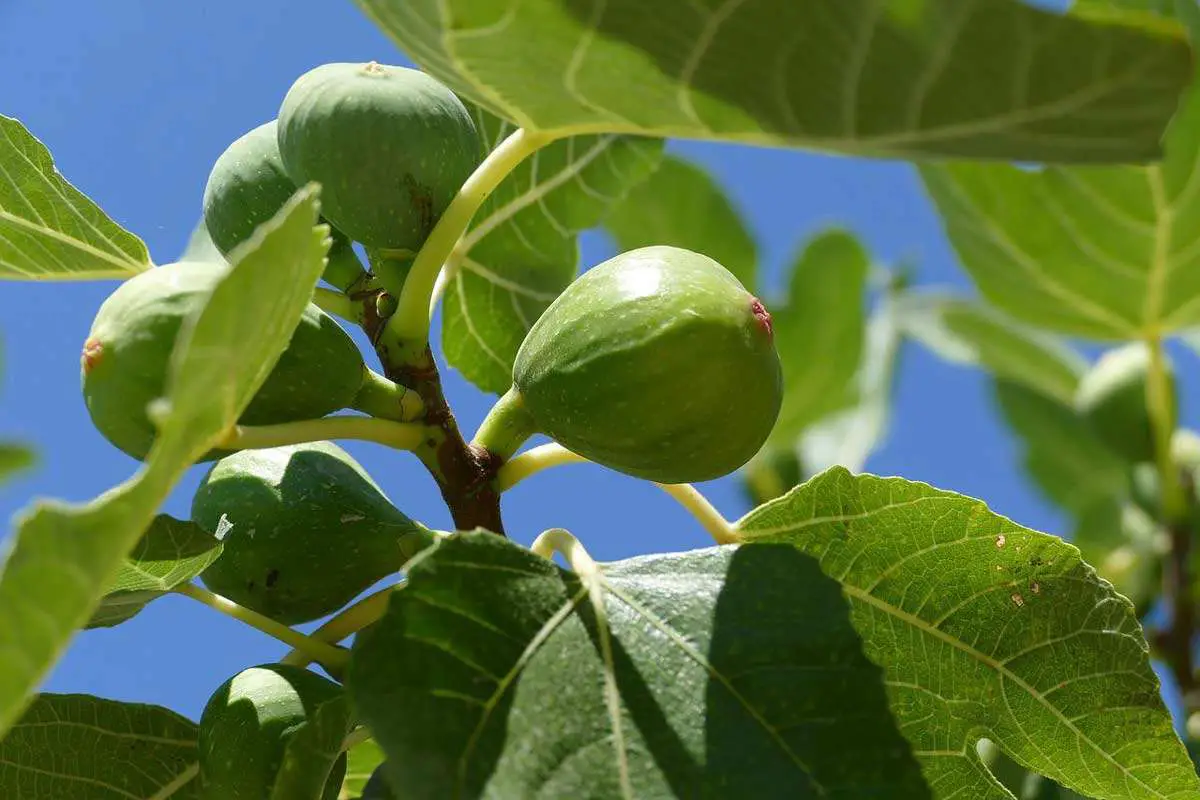
While it’s a good sign if your tree produces plenty of figs, it may be best to pluck them off as they ripen. With fig trees the problem is that when too many figs are growing simultaneously the nutrients are divided between them. This in turn makes the figs grow small, dry and even less tasteful.
This is why the optimal procedure with fig trees is to pluck out the figs as the ripen. This allows the Fresh sprouting figs to get the maximum nutrients that they need to grow large and tasty. Normally fully grown mature fig plants can produce between 20 to 50 figs per year so you should have plenty to go around.
To maximize this number and get optimal fig production it’s not just the harvest season in which you need to give your plants attention. Even though fig plants don’t require too much care, a little special attention all year round can make all the difference.
Of course there is nothing you can do to produce fruit outside the harvest season, you can still keep your plant healthy so it’s in optimal condition to produce the best fruit.
Steps to ensure optimal fig tree growth
All the things that you can do during the fruit bearing seasons are important but for best results care should be given all year long. For optimal growth everything must be carefully planned and executed. It will start with the location of your plantation and involve proper steps for the maintenance of your plants.
The following steps are sure to guide you in your fig tree growing endeavors:
1. Make Sure the ground is in the right hardiness zone
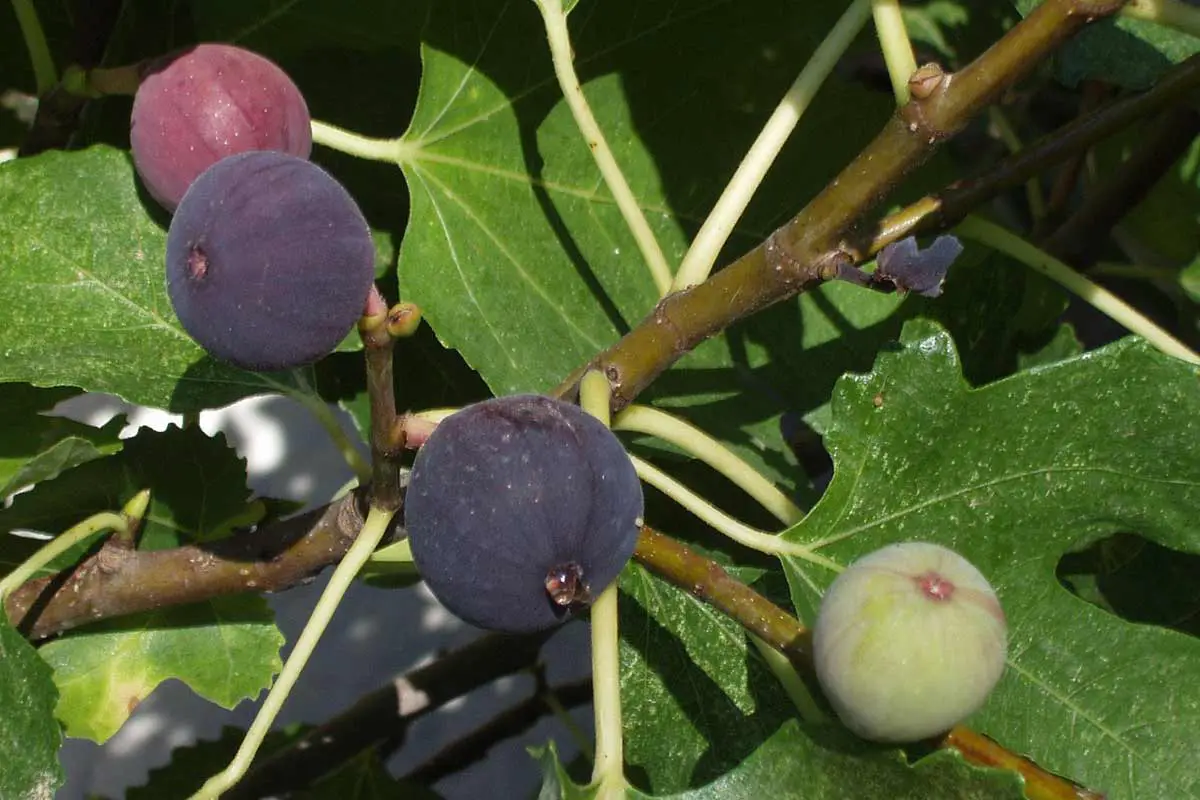
You may be wondering what a hardiness zone is. The USDA has basically divided the various temperature zones in the country with a hardiness rating. This basically tells what the average daily temperature of any particular region is. Fig trees are able to grow in hardiness zone 8 or above.
Since fig trees are originally from the Mediterranean and Southeast Asian regions, they are adapted to a dry warm climate. This is why fig trees prefer a warm climate.
It is for this reason that the recommended hardiness zone for fig trees is 8 or above. A hardiness zone 8 region is between 10 and 15 degrees Fahrenheit in the winters. This is the bare minimum temperature in which the fig trees can survive. However, it is obvious that the fig trees would grow better in a warmer temperature zone. The ideal temperature in winters is around 60 degrees Fahrenheit.
2. When to Plant Your Fig Trees
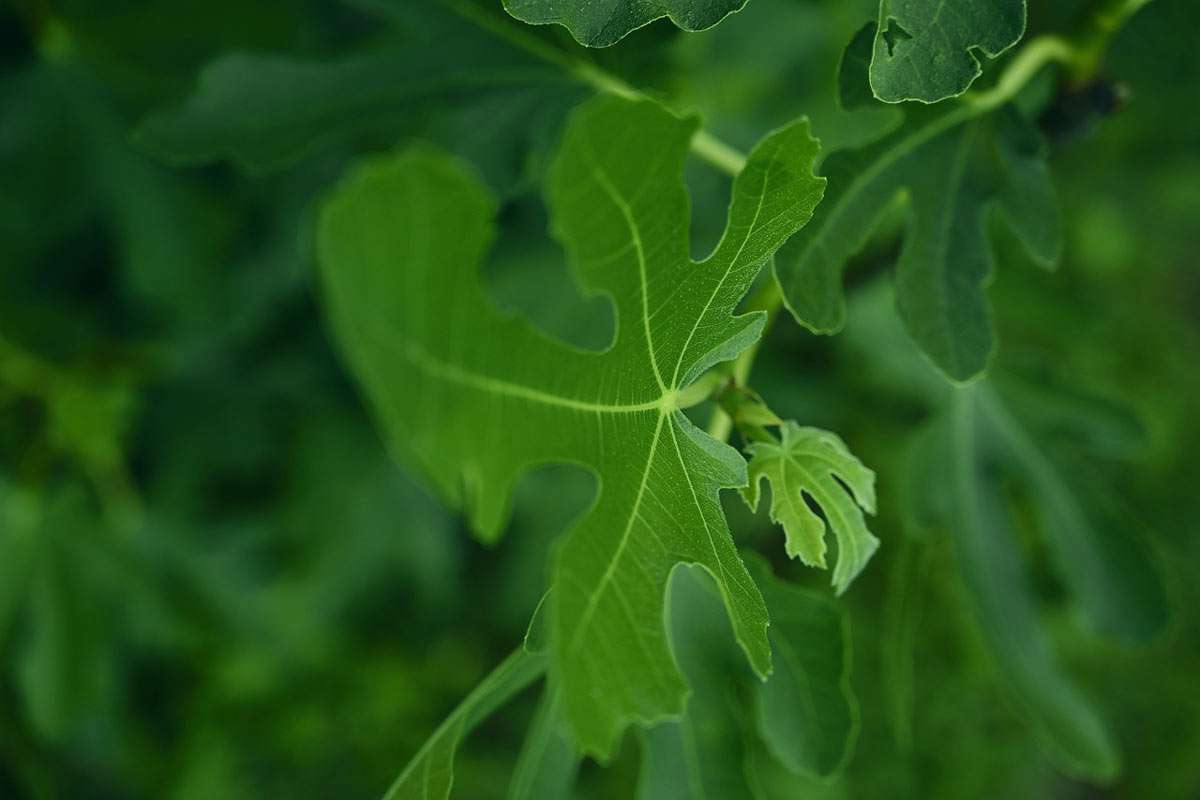
All this talk about what to do after your fig tree sprouts leaves, well here’s something you should do first. Plant your fig tree in late winter or early spring, when the ground is no longer frozen but the fig tree’s leaves have not yet emerged. This indicates that the tree is still dormant and at the prime period of its annual cycle, ready to be planted at a suitable location of your choice.
3. Make Sure Your Plants Get Enough Sunlight
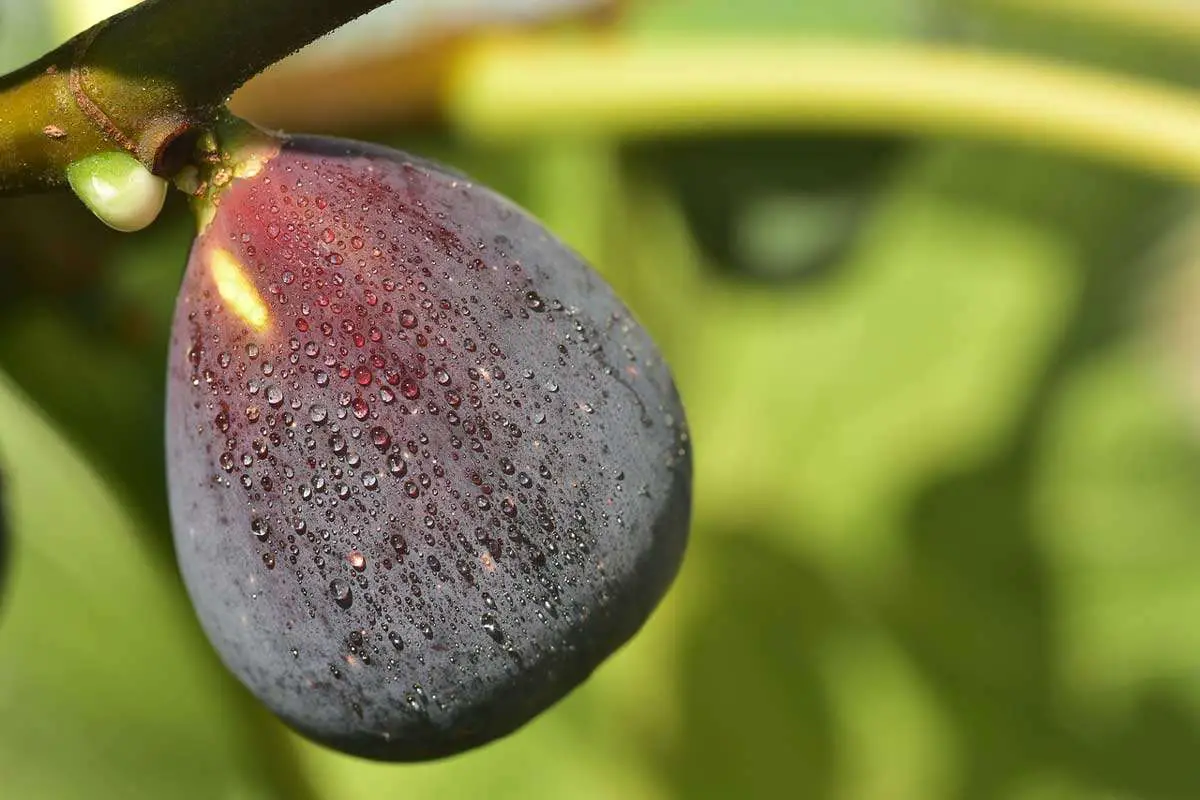
Since the fig tree enjoys the warmth, it is best to plant it in direct sunlight. Especially in the summer months when it bears most of its fruit, the tree should receive ample amounts of direct sunlight.
Another thing to be careful about while planting your trees is to ensure that they aren’t towered by any other tall trees nearby or any tall buildings. These can block direct sunlight from reaching your figs leading to a less than optimal yield. Experts suggest growing fig trees about 20 feet away from any trees or tall buildings.
This practice not only ensures that your plants get all the sunlight they need but it also ensures there is less competition for nutrients with other trees. Another added benefit of this practice is that the roots don’t get entangled with the foundations of any buildings.
4. Add A Mulch Layer To Your Fig Tree
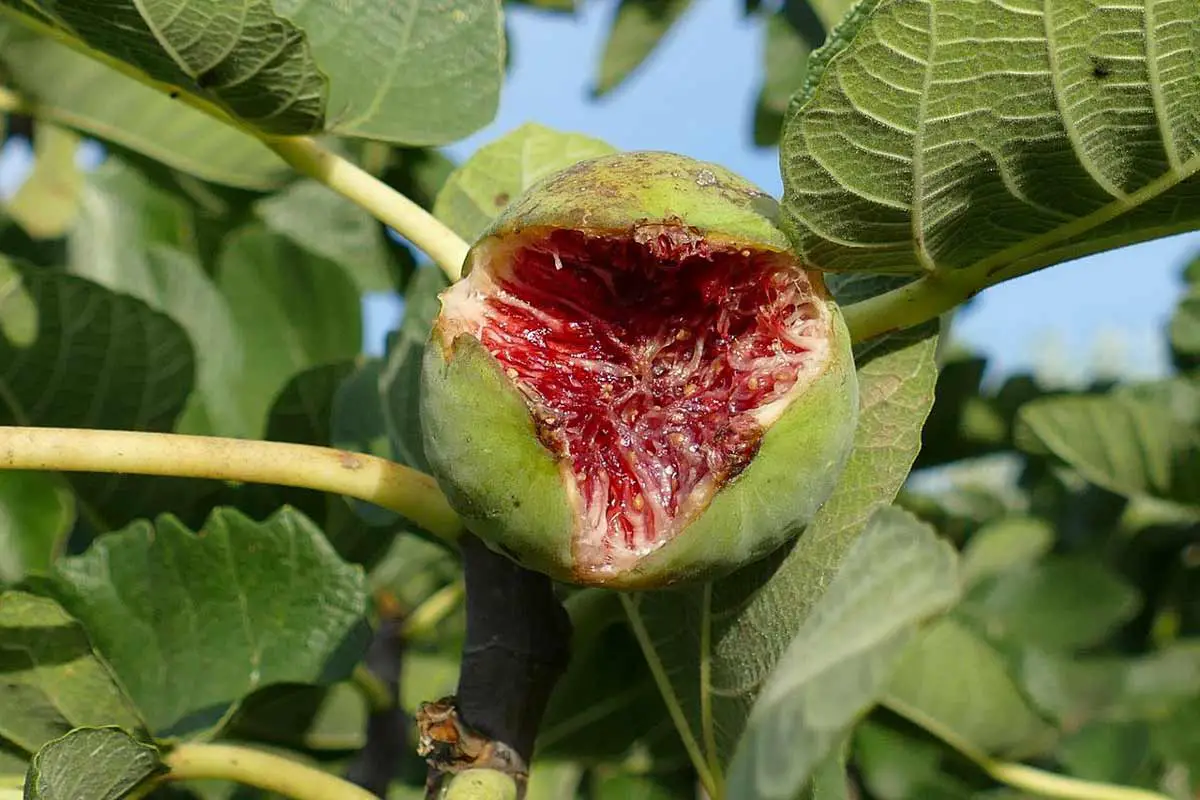
Most professional growers suggest adding a layer of mulch to the base of your fig tree. This covers the soil providing additional nutrients and prevents water from escaping. This provides the best conditions for your fig tree to grow in.
Adding mulch is especially recommended if you are growing your tree in a sandy soil region. There may not be enough nutrients in such regions and if you’re worried that your fertilizer may not be enough then adding a layer of mulch is all you need to do.
Why Are Figs So Important
Figs are remarkably interesting plants. Not only are they extremely nutritious and have tons of health benefits they also have a bit of fun trivia attached to them. For example figs are fruits but they technically never blossom. In fact as weird as may seem figs are themselves the blossoms. They are referred to as inverted flowers.
This is because once the flower is fertilized it doesn’t blossom outwards, instead the flower blossoms inwards. Most of the flower remains are on the inside of the fig tree.
Another interesting fact about fig trees is that they are regarded by scientists and archaeobotanists as the oldest domesticated plant. Figs in fact are known to predate even wheat, barley and other staples as the oldest domesticated plant.
So the next time you peek out of your window to see your fig plant, remember that it is a descendant of the first plant that our ancestors domesticated about 11,500 years ago in parts of Asia.
